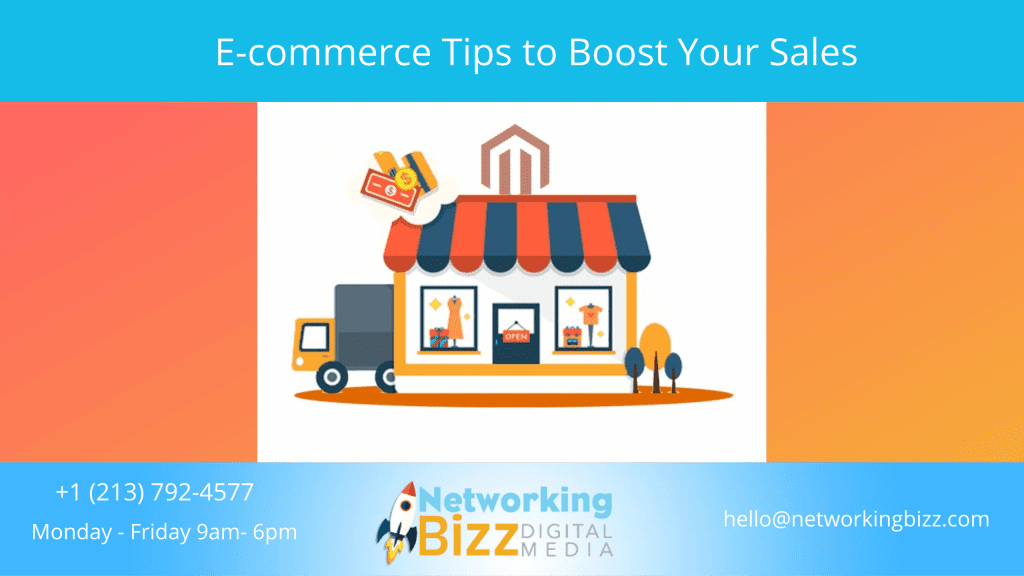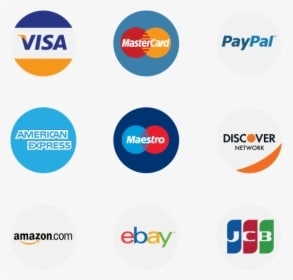
We have prepared some of the best tips and tricks on what you can do to improve your eCommerce conversion rates. These should be used when you really have to do something, but you don’t have the knowledge to code, or your developer is drinking Sangrias in Ibiza for the next two weeks! These are also handy if the policy makers in your organization aren’t in a rush to support your marketing efforts.
1. Embrace reviews
 Let’s face it, the opinion of other customers is essential. If there’re no reviews on a product page, visitors are going to look to those shops which offer this visibility.
Let’s face it, the opinion of other customers is essential. If there’re no reviews on a product page, visitors are going to look to those shops which offer this visibility.
Reviews or testimonials show you’re open, honest and qualified for the job (if they’re good!). There are plenty of plugins nowadays that will help you manage reviews without major developer involvement.
While it’s good to have a tight control over what’s being said, you’re likely to encounter at least one unhappy and very vocal ex-customer. They’re ready to spoil the fun, but as they say, if you can’t beat your enemy, join them!
As such, you’ll want to keep all reviews – good and bad – on your site. If it’s published on your page, it shows your customers that you have nothing to hide. What’s more, you can leverage it to showcase your excellent customer service by resolving the complainer’s issue. This works universally on Facebook, Twitter and so on. By soothing their disappointment in a professional way and solving their problems, you earn kudos in the eyes of your prospect customers.
2. Pick the payment gateway that is right for your business
 This could save you a lot of money but before you can benefit there are decisions to be made. Is the potential gateway supported by your eCommerce platform? How expensive is it? Do you want to offer PayPal payments? What about the security? Additional features?
This could save you a lot of money but before you can benefit there are decisions to be made. Is the potential gateway supported by your eCommerce platform? How expensive is it? Do you want to offer PayPal payments? What about the security? Additional features?
It may seem overwhelming, but it’s a crucial decision to make. In the long run, a little research into payment gateway options can go a long way. It will cut future costs and save countless hours of stress. If you’re in the early stages of setting up an eCommerce business, schedule some time to take special care of this aspect.
3. Add a price promise
If you know, you’re not the cheapest, guarantee you’ll match the lowest price given by rivals. Adding that simple marketing ploy had a huge 9% impact on conversion rates of one major US-based sports goods retailers. Not bad for a minor change!
4. Build the trust
We’re all familiar with the tell-tale signs of credibility – trust badges, secure checkout, etc. According to an Actual Insights study, over 75% of shoppers declared that trust logos affect their sense of trust for a website. The same percentage of respondents also stated that on at least one occasion they didn’t purchase a product due to a lack of trust badges. Befriend Peter Norton now!
5. Make use of your Google Analytics internal search data
 This powerful feature can be harnessed to create categories and landing pages for the most searched products. First of all, this will make you rank in Google for those terms. Secondly, people will be searching for the item they are interested in a lot quicker. This means fewer clicks, more conversions. What else do you need?
This powerful feature can be harnessed to create categories and landing pages for the most searched products. First of all, this will make you rank in Google for those terms. Secondly, people will be searching for the item they are interested in a lot quicker. This means fewer clicks, more conversions. What else do you need?
Sometimes we think we know exactly what our customer wants, and yet investigating the internal search terms in Google Analytics is often a big surprise for the business owner.
6. Display your physical location and phone number
New visitors that are unfamiliar with your brand will always shop with apprehension. It’s not surprising given we live in the ocean of digital spam and credit card misuse. Give them the reassurance they need with the possibility to pick up a phone and give you a call. This often overlooked no-brainer can be enough to increase the conversion rate.
7. Free Returns
It’s an obvious one, right?! That said, you’d be surprised how many online shops do not offer free returns. It’s shocking given the new age of shopping giants such as ASOS where free returns are a given.
According to Comscore, at least 51% of users expect this postage option, and 89% stated that they would use the shop again if the experience was seamless.
8. Get your wording right
For international sellers, this is of particular importance. If you’re based in the UK, use the term ‘delivery’ instead of ‘shipping’ as the latter has connotations of delivery from further afield. Hence it gives the misconception of longer delivery times. It’s creating the image of a truck versus a plane or even worse, a boat.
9. Include estimated delivery time
This is self-explanatory. An option to select a delivery date would be even better but may not be practical.
10. Go where your audience hangs out
Rather than bringing your audience to you, why not start going to them via channels such as eBay or Amazon. You’ll have to pay commission, but it’s a good way to expand your reach and start to build a database.
11. Attend conferences
 Cram your diary with as many eCommerce and digital marketing conferences as you can attend. If you’re serious about your online business, these meetings will provide you with everything you need to get to the next level. You’ll also meet other people within the sector and gain from their experience.
Cram your diary with as many eCommerce and digital marketing conferences as you can attend. If you’re serious about your online business, these meetings will provide you with everything you need to get to the next level. You’ll also meet other people within the sector and gain from their experience.
12. Choose a platform wisely
Leaving the most important until last, it’s essential to take plenty of time when choosing your platform. For those at the early stages, be sure to think ahead. Will the eCommerce platform be able to scale/adapt as your business grows or do you want a starter platform? If you believe that long term, you’ll save costs as you won’t move from one to another.
Voila! There you have it. Make a big impact by changing petite. Try some of these tips and you won’t be disappointed.
